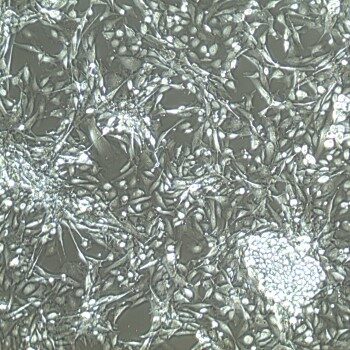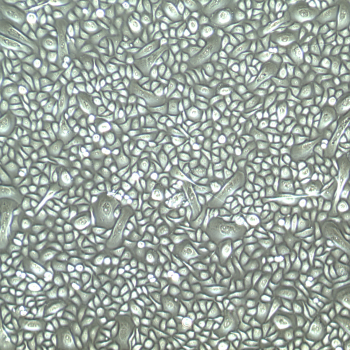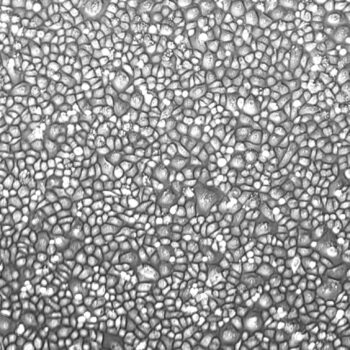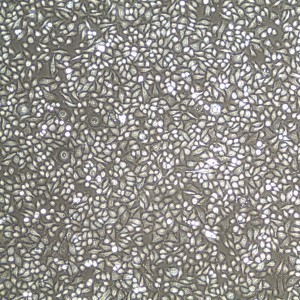Primary Human Female Epithelial Reproductive Cells
Lifeline normal human primary female reproductive cells include: cervical epithelial, vaginal epithelial, fallopian tube epithelial, and endometrial epithelial cells.
Primary epithelial cells are directly cultured from their source organ tissue.
- Your experimental outcomes will be true: Primary female reproductive epithelial cells have not been modified in any way. This helps avoid altering the outcome of your experiments.
- Your research outcomes will be more representative of the general population: Primary female reproductive epithelial cells can come from many donors. Having a variety of primary cell types from many different donors (young, old, male, female, different ethnicities, etc.) is especially useful when carrying out early drug testing. This helps ensure that the drug is effective for everyone.
- You can also select cells by donor demographics.
- Your experimental results won’t be negatively impacted: Lifeline cells have not been exposed to antimicrobials or phenol red, components which can cause cell stress and “masking effects” that may negatively impact experimental results.
- Especially appropriate for accurate results using reproductive cells: If reproductive cells are exposed to phenol red, it can act as a weak estrogen and may stimulate estrogen receptors. This can cause masking effects that could negatively affect studies with human female reproductive cells. Lifeline female reproductive cells are not exposed to phenol red.
Optimized Media for Primary Female Reproductive Epithelial Cells
Lifeline complete media kits, optimized specifically for primary female reproductive epithelial cells, will grow female reproductive epithelial cells faster than in any other commercially-available medium. Lifeline media kits include:
- ReproLife™ Reproductive Medium Complete Kit (for fallopian, vaginal, and endometrial epithelial cells)
- ReproLife™ CX Cervical Epithelial Medium Complete Kit (for cervical epithelial cells)
Each medium has been balanced and supplemented specfically to maximize the life expectancy of the particular type of primary epithelial cells.




